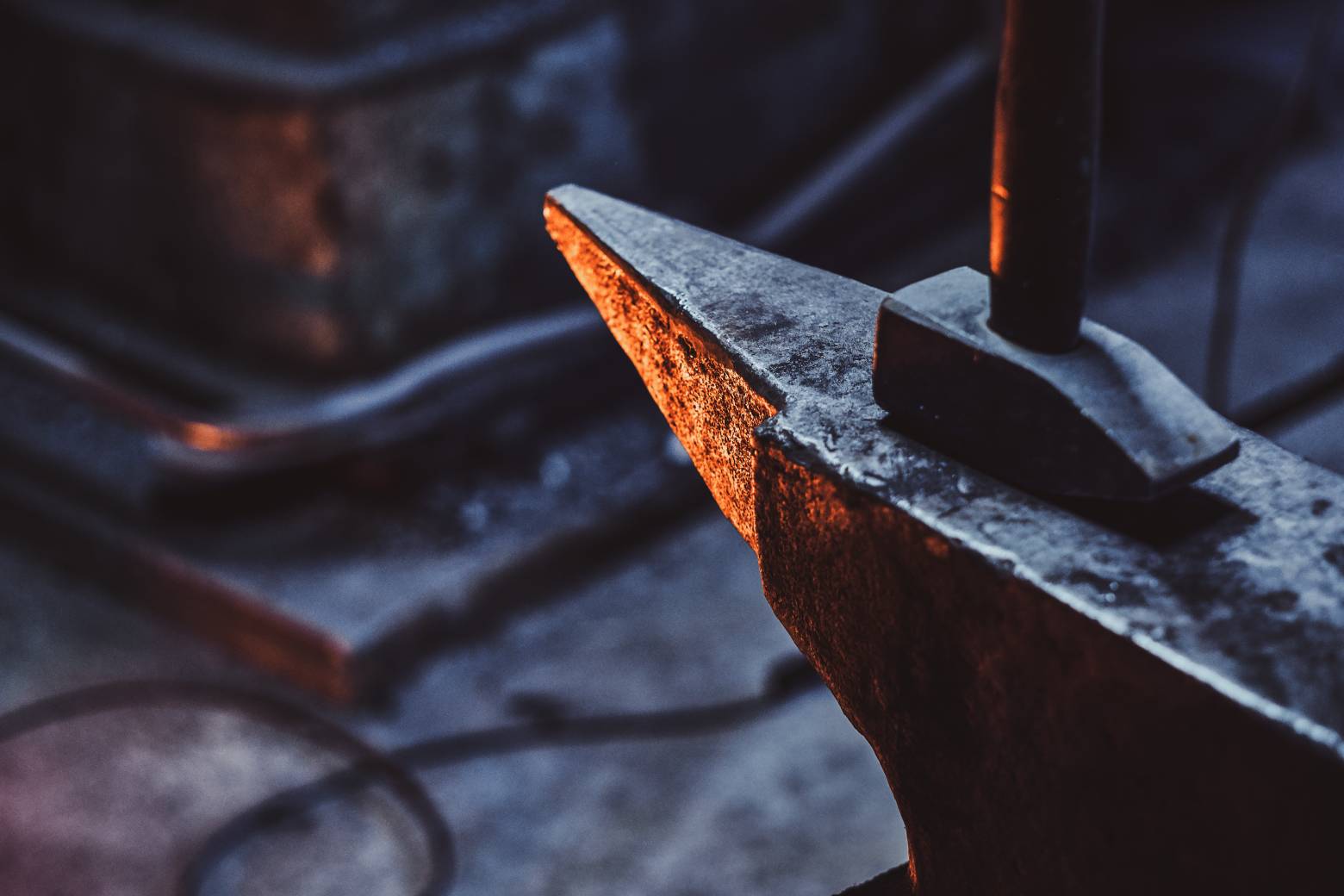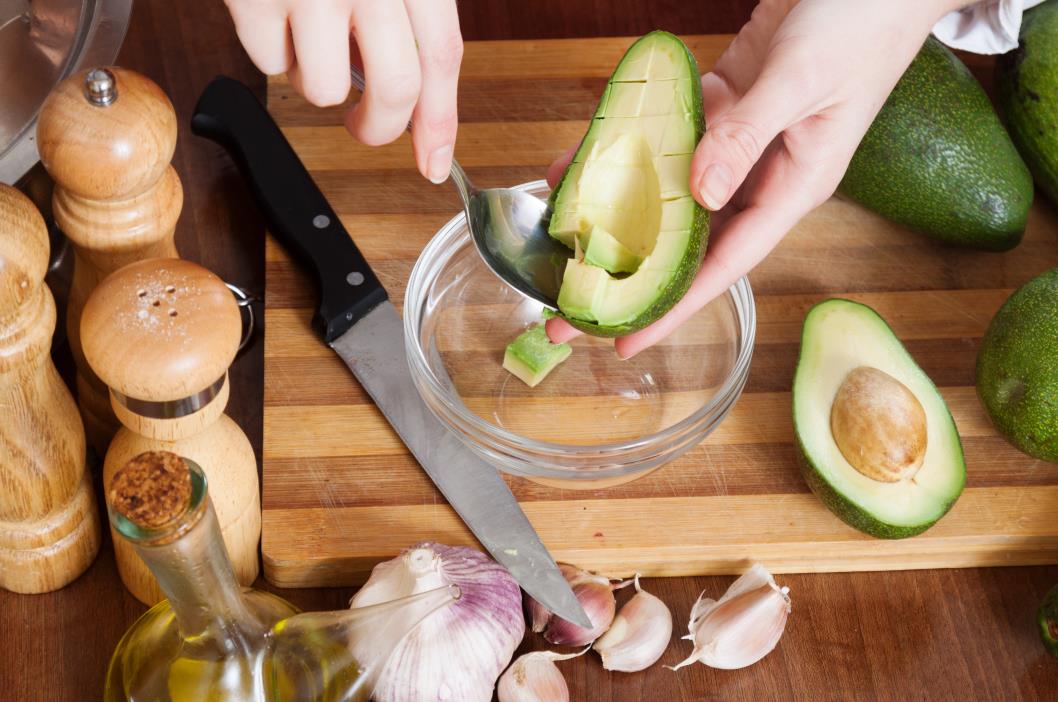Knife steels can either make or break your culinary journey. Therefore, choosing the right one before setting out on any culinary adventure is crucial. When talking about suitable knife steel, especially best budget buys, knife enthusiasts never forget to mention the 14C28N.
14C28N steel is a stainless steel made by Sandvik. It first seen use at around 2009 when Kershaw used 14C28N to make some of their models replacing 13C26 steel. 14C28N steel is a type of steel with medium hardness and top of the game durability, wear resistance, and rust resistance.
The steel is claimed by many knife enthuasists to be the best budget steel available. And for a good reason. 14C28N has fantastic toughness, rust resistance, without sacrafcing much on hardness and edge retention. You may also jump on the hype train after this article.
Table of contents
What is 14C28N?
14C28N steel was developed by the Swedish company Alleima (formerly known as Sandvik). It represents an upgrade from the 12C27 and 13C26 knife steels previously produced for Kershaw. For those more familiar with Bohler-Uddeholm, 14C28N can be seen as an enhancement of their renowned ABE-L steel, with the addition of a nitrogen component.
Introduced in 2009 by Sandvik for Kershaw, 14C28N was initially an exclusive steel for outdoor knife brands. However, it has since found its way into numerous other brands, including CIVIVI and some kitchen knives. Although not as popular for kitchen knives due to its average edge retention, it remains a versatile option for a variety of cutting tasks.
14C28N steel composition
| Component | Percentage |
| Carbon | 0.62% |
| Chromium | 14.00% |
| Manganese | 0.60% |
| Nitrogen | 0.11% |
| Silicon | 0.20% |
| Phosphorus | 0.025% |
| Sulfur | 0.01% |
There are two noteworthy aspects regarding the chemical composition of 14C28N steel. Firstly, its resemblance to AEB-L steel, developed by Uddeholm, and its predecessor, 13C26, is striking. Secondly, the inclusion of nitrogen significantly enhances the toughness of the steel, with a slight increase in hardness observed in minimal quantities. This combination renders 14C28N arguably the best budget steel available.
14C28N steel performance

Hardness
14C28N has a mid-hardness level, often averaging around 58 HRC. Yes, it can be heat-treated to a higher hardness level, reaching as high as 62 HRC. But it’s not common for 14C28N to be heat-treated that high, since it may trade off its toughness.
But don’t be disappointed, 58 HRC is more than capable of making a sharp knife. The blade made from this can make fine, delicate slices as good as Blue Super. People tend to hyper-fixate on the hardness level of steel. But the differences between 58 HRC and 62 HRC are really marginal. Most people can’t tell the differences. 14C28N is more than capable of making chef knives, pocket knives, fishing, and hunting knives.
Edge retention
Edge retention denotes how long a knife will hold its edge before it needs re-sharpening. In the case of the 14C28N, you can expect pretty average edge retention. By no means does it have bad edge retention; it’s average, slightly worse than D2 and VG-10. Edge retention isn’t 14C28N’s strongest suit, but we’ll get to its strengths soon.
Toughness
14C28N is undeniably one tough steel. It’s a rarity to find steel with such robust toughness while maintaining an average hardness scale. Typically, there’s a trade-off between hardness and toughness in knife steels, but 14C28N defies this convention. What’s more, it’s a budget-friendly steel. Its toughness can even rival that of steels renowned for their resilience, such as 420HC and 3V. If you’re seeking a knife capable of enduring abusive work and harsh environments, 14C28N is the steel you need.
Corrosion resistance
You can expect a high corrosion resistance from the 14C28N steel thanks to the large percentage of chromium in its composition. Since the knife steel offers such an excellent resistance to corrosion, this steel can easily be used in knives that are required to work in wet and humid conditions or even with wet ingredients.
Keep in mind that the 14C28N was born due to a need for better corrosion resistance in the first place. This area is primarily one where the 14C28N cannot go wrong.
Sharpening
Despite having a hardness that Sandvik hadn’t previously achieved, the 14C28N remains easy to sharpen as its microstructure remains unaffected even after its upgrade from 13c26. Rest assured, regular sharpening tools can easily do the sharpening you’ll need to do once a month.
14C28N steel vs. other steel

While going through information on the 14C28N, you will come across different reviews with conflicting opinions on toughness, edge retention, and even sharpening ease, to name a few. Here is a comparison with a few similar steel for your ease:
14C28N vs. AEB-L
14C28N and AEB-L share many similarities, as mentioned earlier. They both originate from Swedish companies, with 14C28N from Sandvik and AEB-L from Bohler-Uddeholm. Moreover, they exhibit similar performance characteristics. AEB-L boasts impressive rust resistance and toughness, but it falls short in terms of edge retention and optimal hardness. 14C28N edges ahead slightly in all aspects. AEB-L can even be thought of as essentially the same steel as 13C26, just produced by different companies and at a slightly lower cost.
14C28N vs. Nitro-V
Nitro-V is an American steel, widely popular in pocket knives and outdoor blades. However, it falls short compared to 14C28N in terms of hardness, edge retention, toughness, and rust resistance. It’s not a low-end steel by any means but doesn’t quite match up to 14C28N. Nevertheless, if Nitro-V is more readily available than 14C28N, it’s still a solid choice. While we often compare and rank steels, the differences may be trivial for regular users.
14C28N vs. AUS-8
The steel similar to the 14C28N and regarded as an equivalent is the AUS-8 steel. Both being upper mid-range steels of the culinary world having similar chemical compositions, you can expect comparable performance from the two. Moreover, both knife steel tends to hold their edges well, with the 14C28N doing a slightly better job. The 14C28N was born out of a need for better corrosion resistance and is better at this area compared to the AUS-8 steel. Wet conditions and ingredients will be better to handle with the 14C28N. Toughness levels are almost the same for the two, while sharpening is easier for the AUS-8.
14C28N vs. D2
Let’s compare the 14C28N with the high carbon, high chromium D2 steel. Here is a comparison table for ease:
The above factors are the main things buyers look for when buying steel. While 14C28N and D2 are both pretty to look at, buyers always regard one over the other. D2 is mainly considered decent budget steel that comes with better edge retention than the 14C28N. However, this edge retention comes at the cost of sharpening ease for D2. If you are thinking of buying the D2, be prepared to put some hard work into sharpening the D2. The 14C28N, however, is easier to sharpen even with your standard sharpening tools. Moreover, when talking about corrosion resistance, 14C28N wins the race thanks to the larger percentage of chromium. Toughness is more or less the same when encountering demanding tasks, so it’s better to take care of your knife for both kinds of steel.
14C28N vs. VG-10 steel
While slightly more expensive than the 14C28N, the Japanese stainless steel VG-10 offers better features such as better edge retention. This edge retention in VG-10 is attributable to the higher carbon present in the steel. Moreover, while both steel doesn’t rust easily, the VG-10 performs better yet in resisting corrosion than the 14C28N. The 14C28N also performs better during tough tasks, while the VG-10 tends to roll over and chip during similar encounters. Lastly, both steels perform similarly to each other when it comes to sharpening them.
Is 14C28N good as a knife material?
Now that we have gone through pretty much a lot on 14C28N, it is easier to decide whether the 14C28N will make suitable steel for your knife.
The answer is yes. This steel is a good choice whether you want it for indoor kitchen knives, such as your chef knife or utility knife, and even outdoor ones, such as your handy fishing knife.
Good hardness and edge retention, high corrosion resistance, and flexibility make it an admirable all-rounder steel choice for your knife needs.









